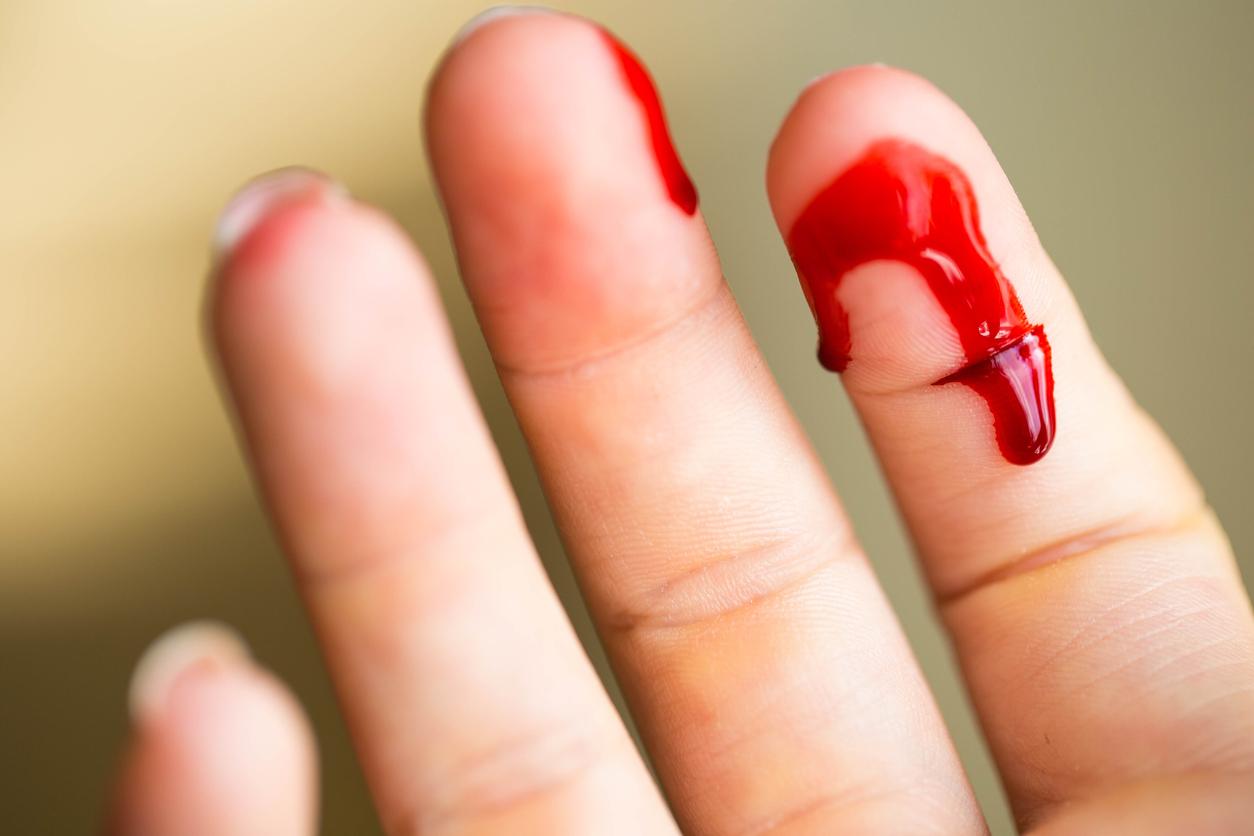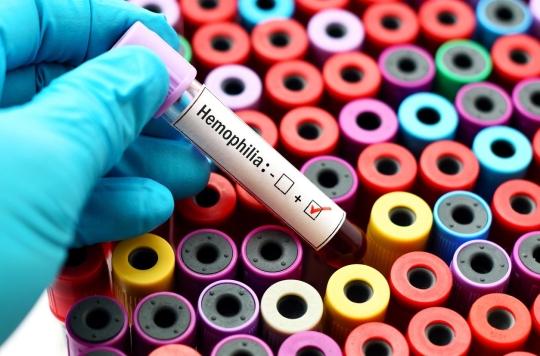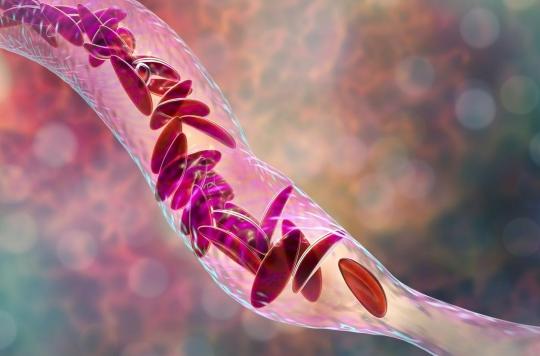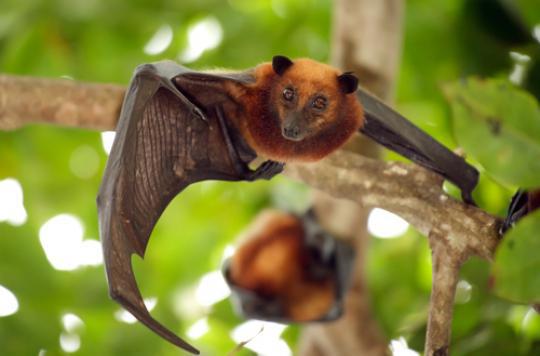A congenital disease causes symptoms that are reminiscent of the description of a vampire. The genes involved have been identified.
-1504793600.jpg)
A person with a pale and tired face, sensitive to light and only going out at night… This is the description of a computer scientist or a vampire. By adding blood consumption, the doubt disappears.
But this stereotype of the vampire is strangely close to the symptoms of a rare disease, which affects less than one in 75,000 people. It is erythropoietic protoporphyria (PEP). The pathology, the main manifestation of which is photosensitivity of the skin, usually appears in childhood.
Researchers from Boston Children’s Hospital (United States) have identified a gene on chromosome 15 which is responsible for the development of this disease. They publish their results in the journal PNAS.
Anemic vampires
In those affected, the skin is so sensitive that prolonged exposure to light, especially natural light, can cause painful and disfiguring blisters. But this is not the only symptom.
“People with PEP have chronic anemia, which causes severe fatigue and makes them look very pale, with increased photosensitivity,” says Dr. Barry Paw, hematologist at Boston Children’s Hospital. They cannot go outside, because even on cloudy days, ultraviolet rays are enough to cause blisters and disfigurements on exposed areas of the body, such as the ears and nose. “
Blood meal
A simple trickle of light passing through a window into a room can be enough to cause damage.
These symptoms are caused by a deficiency in heme, an essential factor in the function of hemoglobin, and which gives the blood its color. This deficit is caused by a genetic defect, which prevents the transformation into heme of a compound, protoporphyrin. This accumulates in red blood cells and blood plasma. When exposed to light, it produces other substances, which damage the surrounding cells and cause redness and blisters.
The remedies are limited. To limit symptoms, patients avoid exposure to light, and blood transfusions have shown some effectiveness. An alternative would have had similar effects to overcome the lack of heme in ancient times, according to researchers at Boston Children’s Hospital: drinking animal blood …
It probably did not take more to create these supernatural beings that are vampires.
To fight, garlic, the cross or wooden stakes in the heart are therefore not effective. Thanks to their discovery, the American researchers hope, on the other hand, to be able to better understand the genetic network that regulates the production of heme. They could thus find gene therapies to limit the symptoms.
.











